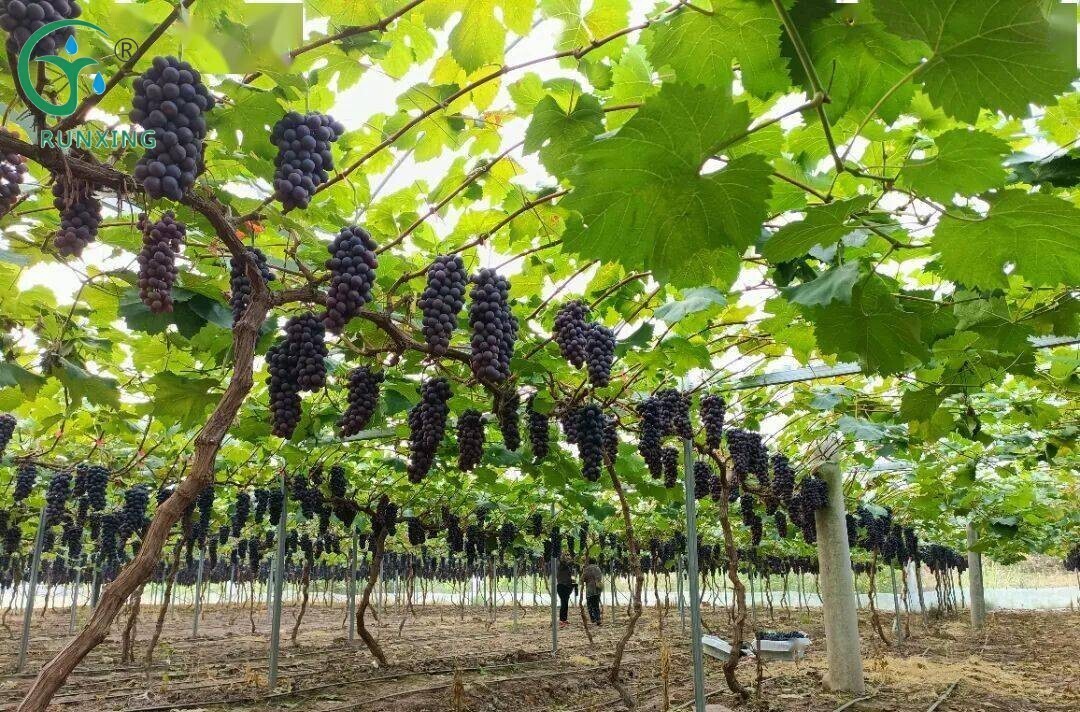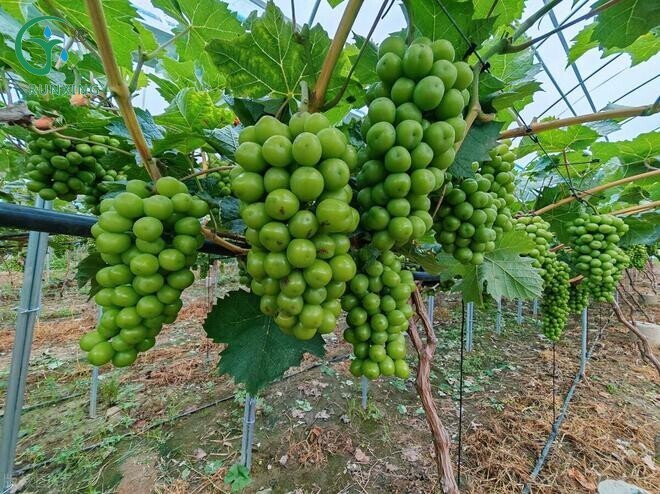A Guide to Grape Cultivation and Drip Irrigation in South America
Grape cultivation is a significant agricultural activity across the vast landscapes of South America. To ensure healthy growth and high yields of grapes, growers need to adopt advanced irrigation techniques, with drip irrigation systems being an indispensable component. This article will introduce why drip irrigation systems are necessary for grape cultivation in South America, as well as the required drip irrigation equipment, installation methods, and some cultivation tips.

I. Why Drip Irrigation Systems Are Necessary for Grape Cultivation in South America
South America boasts a diverse climate, but most grape-growing regions have a warm or cool temperate climate with moderate but uneven rainfall. In such an environment, drip irrigation systems can provide precise and efficient irrigation services, contributing to the healthy growth of grapes.
Water-saving and Efficiency: Drip irrigation systems can directly deliver water to the vicinity of grape roots, reducing water evaporation and loss, and enhancing irrigation efficiency.
Precision Irrigation: Drip irrigation systems can perform precise irrigation according to the growth needs of grapes and soil moisture, avoiding soil salinization and disease occurrence due to over-irrigation.
Increased Yield and Quality: Drip irrigation systems can supply water uniformly and continuously, promoting grape growth and development, and enhancing yield and quality.
II. Required Drip Irrigation Equipment and Installation Methods
Drip Irrigation Equipment
Main Pipe: Select polyethylene pipes with appropriate inner diameters as the main pipe to ensure water transmission efficiency.
Lateral Pipe: Arrange perpendicular to the grapevine rows to control the irrigation range of the drip irrigation tape.
Drip Irrigation Tape: Use drip irrigation tape made of polyethylene plastic film with a black pipe wall to prevent moss growth. The drip irrigation tape is uniformly equipped with water drip holes with diameters of 0.5-0.7mm to ensure uniform water dripping into the soil.
Installation Methods
Main Pipe Installation: Lay the main pipe underground at a depth of about 0.6 meters to ensure pipeline safety and stability.
Lateral Pipe Installation: Arrange the lateral pipe perpendicular to the grapevine rows and connect it to the main pipe through connectors such as two-way and three-way valves. Install intake and exhaust valves and drain valves on the lateral pipe to ensure normal system operation and maintenance convenience.
Drip Irrigation Tape Installation: Arrange the drip irrigation tape along the grapevine rows and connect it to the lateral pipe through connectors. The drip irrigation tape has a row of water drip holes on both the left and right sides to ensure uniform water dripping near the grape roots.
III. Tips for Better Grape Cultivation
Soil Management
Soil Improvement: Conduct soil improvement before planting to increase soil organic matter content, improving soil fertility and air permeability.
Good Drainage: Ensure the vineyard has a good drainage system to avoid disease occurrence caused by water accumulation.
Reasonable Pruning
Timely Pruning: Perform timely pruning according to the grape growth stage to control plant height and shape, promoting ventilation and light penetration.
Thinning of Flowers and Fruits: Reasonably thin flowers and fruits to ensure grape quality and yield.
Pest and Disease Management
Prevention-oriented: Strengthen pest and disease control in the vineyard, adopting a comprehensive prevention and control approach combining physical, biological, and chemical methods.
Timely Pesticide Application: Apply pesticides in a timely manner when pests and diseases occur to ensure healthy grape growth.
Scientific Fertilization
Balanced Fertilization: Conduct scientific fertilization according to grape growth needs and soil nutrient status to ensure balanced supply of nutrients such as N, P, and K.
Combination of Organic and Chemical Fertilizers: Advocate the combined use of organic and chemical fertilizers to improve soil fertility and grape quality.

In summary, grape cultivation in South America requires drip irrigation systems to provide precise and efficient irrigation services. When selecting drip irrigation equipment and installation methods, full consideration should be given to grape growth needs and soil conditions. Meanwhile, through reasonable soil management, pruning, pest and disease management, and scientific fertilization, grape yield and quality can be further improved.
If you have any needs, please contact us.
About Us
We are dedicated to offering innovative, water-saving, and labor-saving irrigation solutions for agriculture worldwide. Our focus on quality and continuous innovation drives the development and progress of the industry
LOGO
This stunning beach house property is a true oasis, nestled in a serene coastal community with direct access to the beach.
Opening Hours
Monday - Friday : 9AM to 5PM
Sunday: Closed
Closed during holidays
Contact
+18888888888
hezuo@eyingbao.com123 West Street, Melbourne Victoria 3000 Australia
